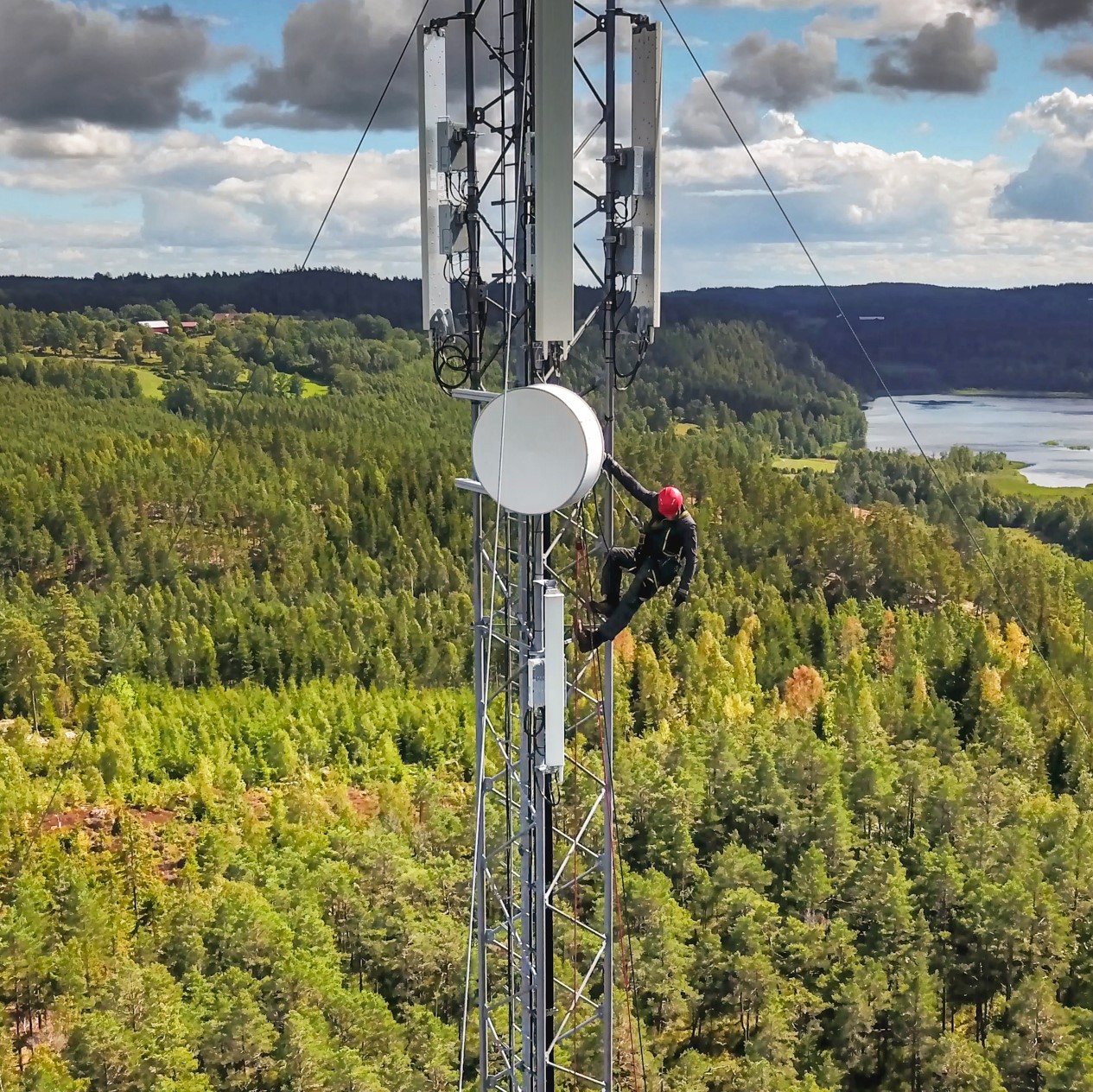The debate about whether fixed wireless is a suitable technology for meeting gigabit speed requirements in the Rural Digital Opportunity Fund (RDOF) program continues. Yesterday, the Wireless Internet Service Providers Association (WISPA) sent the FCC a rebuttal to an FCC filing made by NTCA – The Rural Broadband Association about gigabit fixed wireless.
NTCA and others have argued that gigabit fixed wireless is unproven in rural areas and may be unable to reliably meet speed requirements in some of those areas, particularly those eligible for the RDOF auction. In its filing, WISPA defends gigabit fixed wireless use for RDOF deployments, offering considerable technical detail.
It’s an important debate, considering that some of the biggest winning bids in the RDOF auction were for companies that were allowed to bid to deliver gigabit speeds using fixed wireless.
The RDOF auction awarded funding for unserved rural areas to cover some of the cost of deploying service there. A weighting system favored higher-speed bids and 85% of winning bids were for the highest speed tier – 1 Gbps.
The Gigabit Fixed Wireless Debate
NTCA, whose filing included a gigabit fixed wireless white paper from engineering consulting firm Vantage Point, argued that the FCC should reject long-form applications from winning RDOF bidders unless applicants will be serving customers:
- Within about 500 feet of their serving tower/antenna
- With a clear line-of-sight to the tower/antenna
- With an oversubscription ratio on the order of 4:1 or less
- With backhaul suitable for meeting an oversubscription rate such as 4:1
In addition, NTCA urged the commission to evaluate congestion that would occur between nodes of mesh networks as well as potential radio frequency congestion and backhaul congestion.
NTCA based its recommendations on what Vantage Point called “immutable laws of physics” pertaining to frequency band, radiated power and other factors such as modulation.
Some of WISPA’s counter arguments are procedural. The association argues, for example, that it would be inappropriate for the FCC to impose the sort of conditions that NTCA recommends for gigabit fixed wireless bidders, considering that the commission previously said it would review applications on a case-by-case basis.
Not relying simply on procedural arguments, the WISPA filing also includes several pages about technical aspects of gigabit fixed wireless that dispute claims made in the Vantage Point paper. The technical comments are from WISPA technical consultant Fred Goldstein.
Some of the key arguments:
- Vantage Point “greatly overstates” the potential for interference from unlicensed low-power indoor devices to higher-power outdoor devices operating in the U-NII band. WISPs operating in U-NII bands use directional outdoor antennas pointed away from the home, reducing the impact from indoor Wi-Fi operations.
- The 4:1 oversubscription ratio that Vantage Point recommends is “exceedingly low” for gigabit download service because average per-subscriber utilization currently is just 3 Mbps, regardless of the maximum speed available to customers. Even if average per-subscriber usage were to triple to 10 Mbps, gigabit subscribers would be at an oversubscription ratio of 100:1.
- Gigabit fixed wireless equipment operating in millimeter wave spectrum has range of 500-700 meters, thanks to the high gain of the subscriber antenna.
- Point-to-point wireless systems operating at 64-71 GHz are a viable option for sparsely populated rural areas. Those systems may have range as great as 10 km in dry air but reliability beyond 2-3 km can be limited by local rainfall. Many 60 GHz systems offer a 5 GHz backup frequency for times when rain is heaviest, thereby continuing connectivity in the 100 Mbps range. “Thus, the gigabit tier speed is available over 99% of the time even if fallback to lower speeds is occasionally required,” the paper states.
- Licensed 80 GHz radios are available with capacity exceeding 10 Gbps and can be used for backhaul. The radios generally have low enough latency to allow several hops. These radios have range of several miles in dry air and may include the 5 GHz backup option.
- Simultaneous 1 Gbps download and 500 Mbps upload are not an RDOF requirement.
- Mid-band access equipment using the 6 GHz band is becoming available and should be common during the first three years of the RDOF buildout period and in many places will enable gigabit speeds to be attained. In rural areas where RDOF is awarded, both the 5 GHz and 6 GHz frequencies are less crowded than in urban areas.
Asked for NTCA’s take on the new WISPA filing, NTCA Senior Vice President for Industry Affairs and Business Development Mike Romano in an email response to Telecompetitor said: “It is disappointing to see WISPA express concern about the mere application of objective and clearly stated technical standards for the review of each RDOF long-form application. Its objections to such standards on procedural grounds are baseless and miss the mark.”
The “overarching point,” he said “is simply that the FCC should state publicly the well-grounded technical standards that it plans to use for review of each technology. . . The consumers expecting these voice and broadband services deserve an explanation as to the reasons the FCC concluded that a specific provider will indeed deliver in their areas, especially when any failures might not be uncovered otherwise for several years’ time.”



